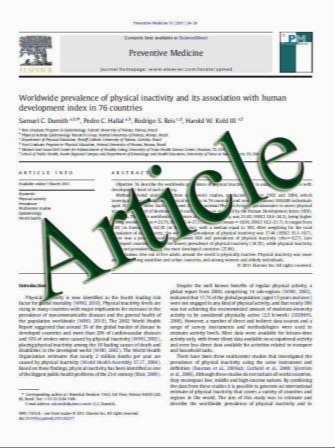Evaluation of the early phase of Bell’s palsy using 3 T MRI
- نوع فایل : کتاب
- زبان : انگلیسی
- مؤلف : Hartmut Peter Burmeister · Pascal Andreas Thomas Baltzer · Gerd Fabian Volk · Carsten Michael Klingner · Anke Kraft · Matthias Dietzel · Otto Wilhelm
- چاپ و سال / کشور: 2011
Description
This prospective study on Bell’s palsy investigated the value of 3 T MRI as a diagnostic tool to evaluate pathophysiological changes (i.e. edema) of facial nerve segments and the possibility to diVerentiate patients with high risk for incomplete recovery from patients who recover completely within 3 days after symptoms onset. For this institutional review board approved investigation, thirty patients (14 male, 16 female, mean age 44 years) with Bell’s palsy underwent pre and postcontrast 3 T MRI of the cerebellopontine angle. T1-weighted imaging was performed (TR 20.0 ms, TE 2.46 ms, isotropic voxel size: 0.6 mm). Region-of-interest measurements were performed on the healthy and paralyzed side. To obtain normalized values, signal intensity increase percentage (SIIP) values were divided by contralateral results of the healthy side. Signal intensity measurements of examined nerve segments were compared using Wilcoxon and Mann–Whitney U tests and correlated to clinical Wndings categorized by the House–Brackmann score. The lesion side showed signiWcantly higher signal intensities in the premeatal segment before and after contrast agent administration (P < 0.001). SIIP was highest in the premeatal segment compared to the geniculate ganglion (P < 0.001). Correlation analyses revealed no association between signal intensity measurements, clinical Wndings or early recovery rates after 3 months (P > 0.05). According to our results, early palsy-associated pathophysiological changes in the facial nerve premeatal segment might also be related to accumulation of proteins and not exclusively to edema. However, contrast agent enhancement quantiWcation was not suitable as a diagnostic tool to distinguish diVerent prognostic groups.
Eur Arch Otorhinolaryngol DOI 10.1007/s00405-011-1498-x Received: 8 November 2010 / Accepted: 18 January 2011


